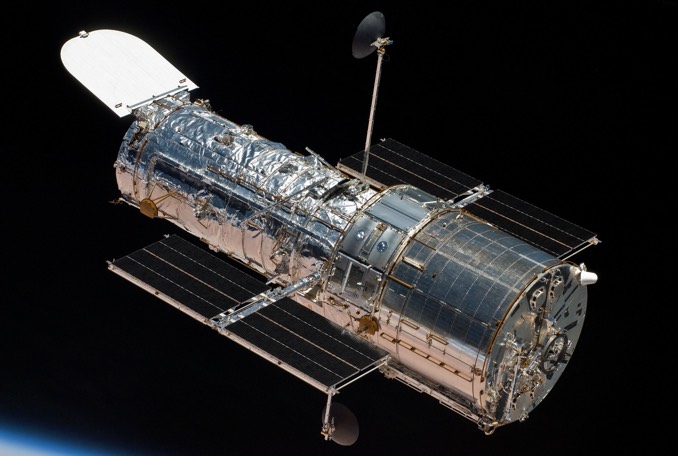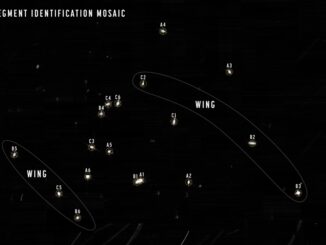
NASA has put the Hubble Space Telescope into protective “safe mode” in the wake of problems with two of the observatory’s four remaining gyroscopes. Science operations have been suspended pending an investigation, but engineers are optimistic they can coax one of the units back into service and restore the observatory to normal operation.
Hubble is equipped with six gyros, but it normally uses just three with the others held in reserve. Complicating the picture, three were older models, prone to mechanical failure after 50,000 hours or so of operation, and three were newer-generation “enhanced” units less susceptible to breakdowns.
In the years since the final space shuttle servicing mission in 2009, two of the three older gyros failed, leaving Hubble with four operational units: three next-generation models and the last of the older units.
On 5 October, Hubble was operating with two enhanced gyros and the lone older model with the third upgraded unit powered down but ready for use if needed. That gyro had problems earlier in the mission with “noisy” electrical signals, but engineers developed a software patch to permit normal operation.
When the final old-style gyro failed, the ground team attempted to activate the presumably-repaired spare.
“So we turned it on as planned and the gyro was not reading the rates the way it should,” Ken Sembach, director of the Space Telescope Science Institute, told CBS News. “The gyro thinks there’s motion occurring when, in fact, there isn’t. And so, that appears to be an issue that we don’t understand fully at the moment. The noise in the system now with that gyro is such that it cannot be used to point Hubble.”
After earlier gyro problems, NASA developed software that would allow the telescope to operate in near-normal fashion with two gyroscopes or even just one. If the gyro now experiencing problems cannot be fixed, the team likely would switch Hubble to single-gyro mode to lengthen the life of the other.
But Sembach said the team remains hopeful it will not come to that. At least not yet.
“I think people are just taking a wait-and-see attitude,” he said. “The one thing the Hubble team has shown time and again is it’s resilient, and the observatory is very robust to these kinds of things. We typically figure out what’s happening and figure out an appropriate course forward.



